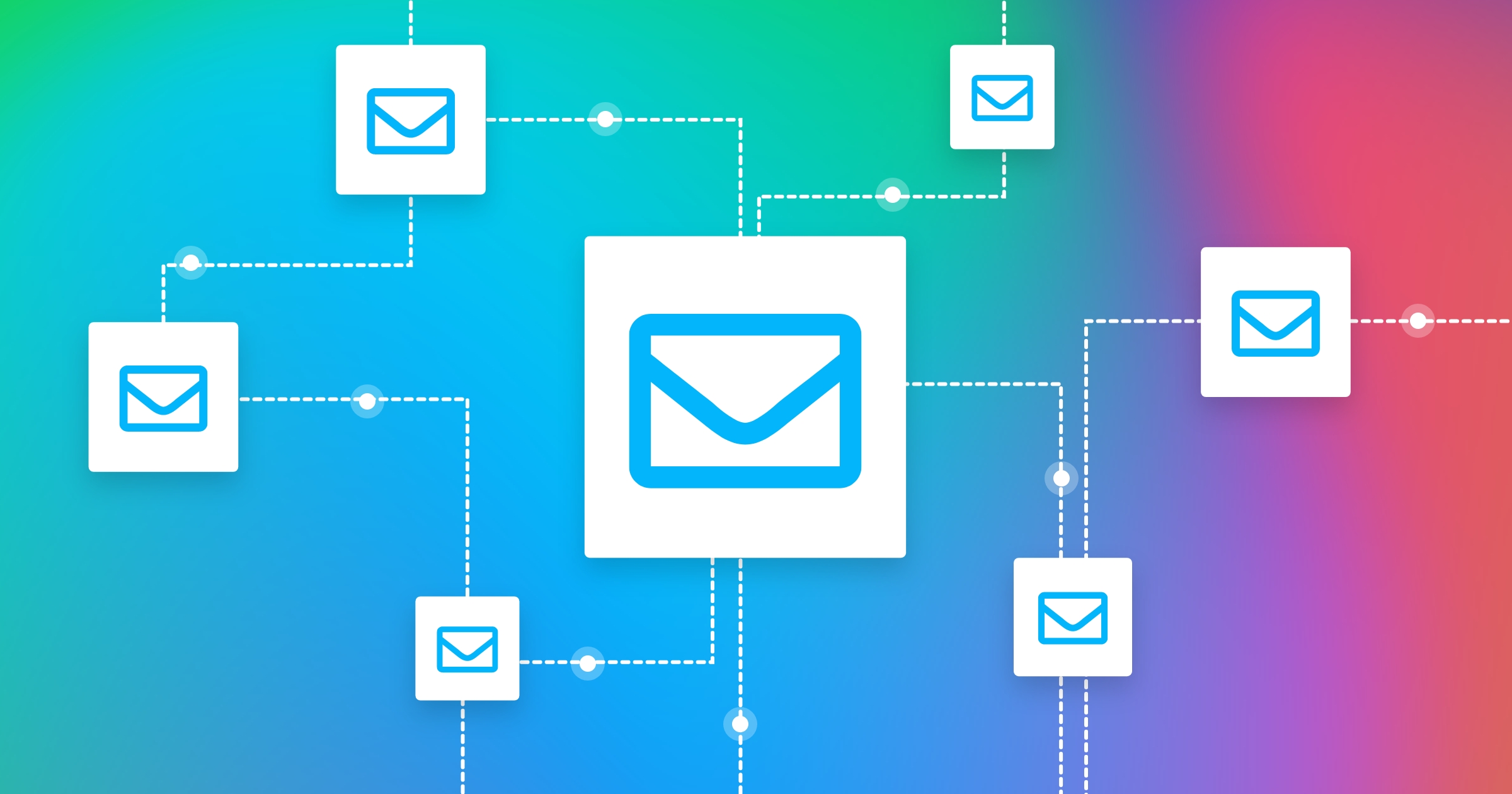When done correctly, email drip campaigns yield remarkable results.
Email is one of the best marketing channels around. For every dollar spent, marketers generate an ROI of $38, making email marketing more profitable for customer acquisition than social media.
But standalone email newsletters do little to nurture and retain leads. New subscribers will only receive fresh emails from the moment they join up, not previous ones that were equally useful.
However, email automation strategies drive better conversions because they help you nurture relationships with subscribers. The result? Increased click-through rates, audience engagement and trust.
Here’s your complete guide to email drip campaigns and how to make it work for you.
- Why are Email Drip Campaigns Necessary?
- Five Kinds of Email Drip Campaigns to Consider
- Get Started with Email Drip Campaigns Today
Why are Email Drip Campaigns Necessary?
Email drip campaigns are automated email sequences sent on a schedule to leads. The leads in your funnel trigger these sequences based on certain user actions or where they are in the buying cycle. These automated email sequences are necessary for a couple of reasons.
For starters — increased email open rates. Drip email campaigns are designed to trigger subscribers at specific points of their customer journey and “drip” only relevant information, making it almost impossible to look away.
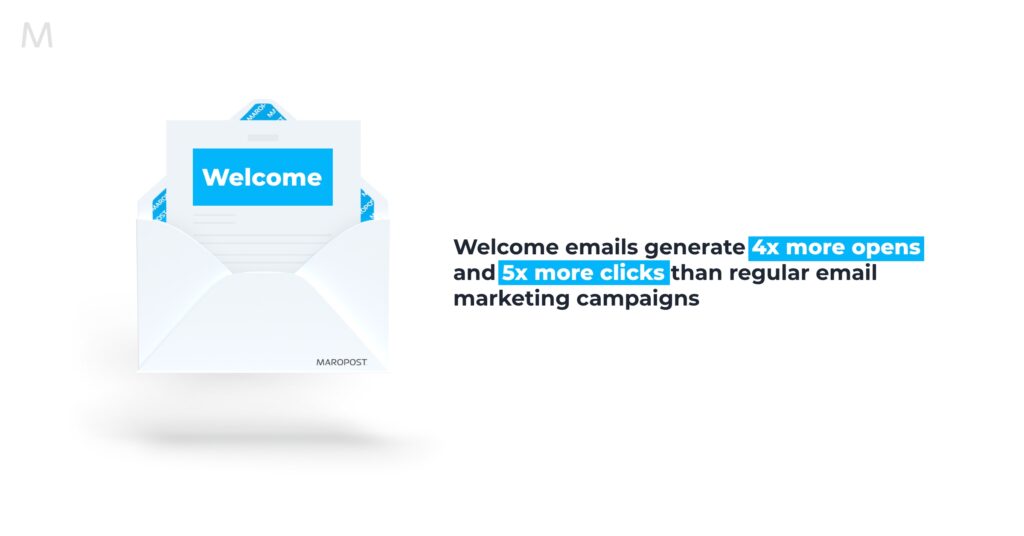
Need a quick example? What do you think will happen when you send a cart abandonment email to a new lead instead of a welcome email? Your bounce rates will spike! But with automated drip campaigns, the chances of this happening are almost non-existent.
Potential customers are likely to open an email when they think it’s relevant. That’s why welcome emails get 4x more opens than regular marketing emails — they were expecting it.
In email drip campaigns your email marketing automation software sends out a series of emails to a subscriber. Drip email marketing also allows you to nurture and provide value at every stage of the sales funnel, boosting conversions.
Five Kinds of Email Drip Campaigns to Consider
Each email drip campaign has a defined goal and intent. Hence, your drip emails nurture a relationship with your recipients to lead them toward the goal. Regardless of these goals, consider these factors when creating drip email sequences.
- Audience segmentation
- Email content
- Number of emails
- Email sequence interval
- Overall drip email campaign duration
You should design an email drip campaign that aligns with where subscribers are in their customer journey. For example, sending a welcome email series to new subscribers. This way, you only send content to a relevant segment of your audience.
Since email drips are automated, you must create the content for each email you’ll send out before automating. This might be difficult if you’re developing email content for different email campaigns. However, having an effective content strategy in place can reduce the hassle of crafting a delicate series of emails from scratch.
The number of emails you send will depend on your objective. But you’ll want to balance the email drip campaign frequency and not spam their inbox — three to five emails in a series is the max you’ll probably want to do.Here are five drip email campaign ideas for your next marketing campaign.
1. Welcoming
Welcome emails are quite valuable. Apart from the fact that it’s an opportunity to introduce your brand’s products and services, it’s a common courtesy to thank people for subscribing. These emails set the tone for future engagements. They are an opportunity to share information about your company with new subscribers.
For effective results, send the first welcome email immediately after a lead signs up to your email list. Then send out a second, and a third welcome email introducing your company and all it has to offer in the following days. However, in the case of new leads, it is recommended to verify their email addresses first to make sure your emails reach the correct recipients.
Your onboarding emails may include relevant information like snippets of your viral blog posts, a discount for signing up, testimonials, case studies or a brief welcome video.
Loom’s email drip campaign example checks all the right boxes.
The example above doubles as an onboarding sequence for Loom with relevant information that introduces the company to the new user.
So use your welcome email sequence to showcase your products and get prospective customers settled in nicely.
2. Birthdays
Birthdays come with good vibes that you can leverage for your drip email marketing campaign. If you want to make customers feel appreciated on their birthdays, create a birthday email drip campaign for their special day.
Don’t know how to capture birthday information? It’s easy.
- Set up custom fields on your sign up forms and landing pages
- Ask for it in one of your welcome or onboarding email sequences
- Create a mini email campaign to collect birthday information — trust us, it works!
Use personalized catchy subject lines like “[Name] — We want to send you a birthday gift!” Explain why you need their birthday information in the email body and see what happens.
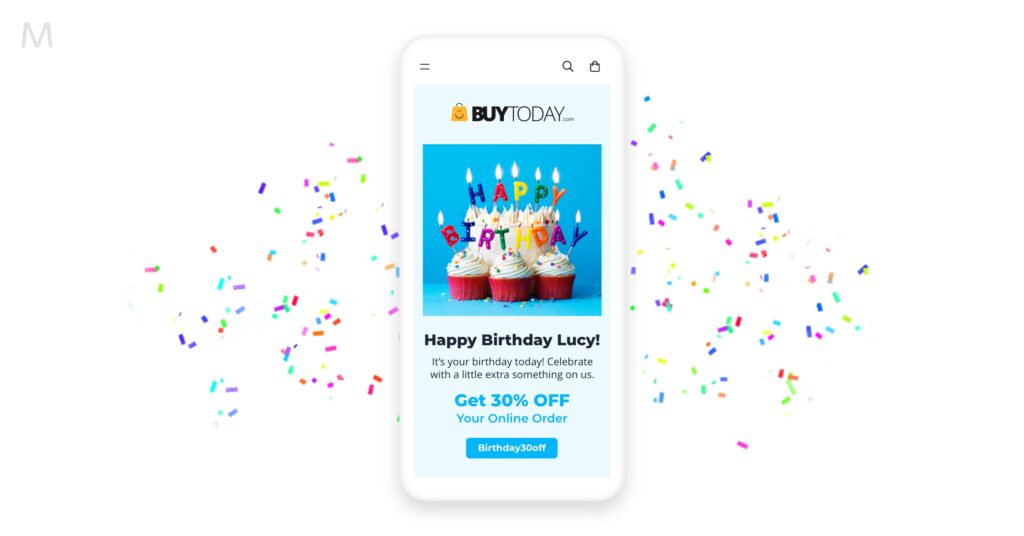
Once you’ve captured that information, offer the celebrant a birthday treat like an irresistible discount or coupon code. Or be like Nothing Bundt Cakes and give your customers an actual cake.
Avoid sending customers multiple emails on a birthday campaign. It’s just one day after all. That said, it’s a good idea to send an automatic recall to users who didn’t open the birthday email or didn’t use their coupon. This gives you another shot at conversion by encouraging larger purchases.
Make your birthday emails stand out with vibrant images or GIFs and a crisp and straightforward copy with directions on how to claim their gift.
3. Cart Abandonment
Baymard Institute estimates that nearly seven out of ten shoppers abandon their shopping carts for many reasons.
Although not every reason might apply to your store, you can use a successful cart abandonment sequence to turn them around. It could be an opportunity for you to offer incentives like cash back or free shipping.
Alternatively, you might include specific details about your brand’s products, use cases or testimonials in your follow-up emails to encourage them to check out.
Like other email marketing drip campaigns, sending recurring emails will get you there, but cart email campaigns are only effective when the timing is right.
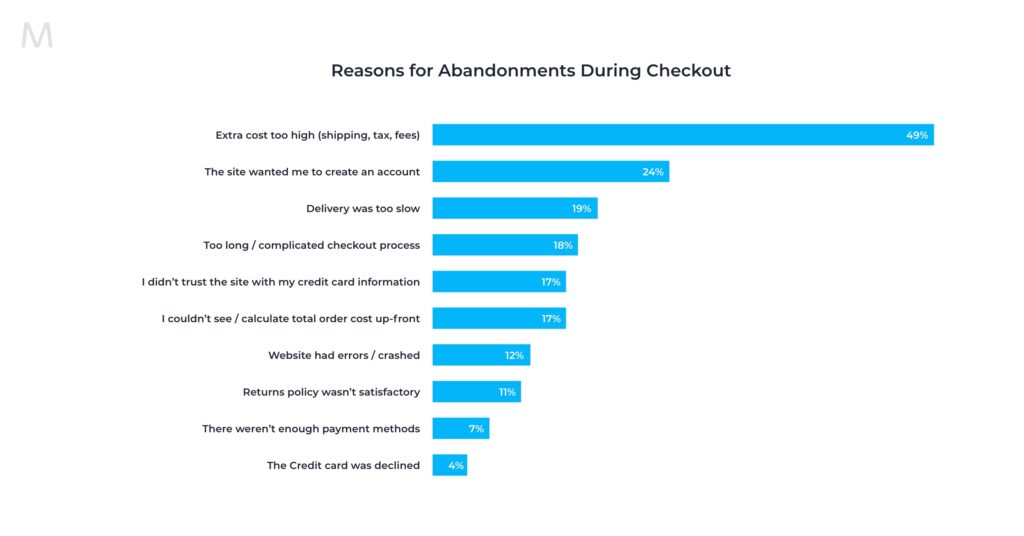
For stellar results send a series of three abandoned cart emails: the first email – one to five hours after abandonment. Then, schedule the second and third emails for the third and fifth day respectively. Keep in mind, though, that the effectiveness drops after the first 24 hours.
Along with a compelling CTA, personalizing your subject lines also helps to pique customer interest and improve email open rates.
Here’s a straightforward drip email campaign example by 23andMe.
Remember, cart abandonment email sequences can only work for reasons other than a bad checkout process. Sending multiple cart emails without fixing the underlying problem of a slow or complicated checkout process is a colossal waste of time and effort. Improve user experience first and watch your sales go up.
4. Cross-selling or Upselling
You can also use drip email campaigns for cross-selling and upselling your products and services.
When your customers make a purchase, pitch a complementary product or service or a premium version of what they’ve already got. You’ll offer a greater value proposition and increase customer satisfaction that way.
Like cart abandonment emails, your timing is everything.
But rather than potential customers, you’ll want to send these email sequences to existing customers or trial users. It can be after they make a purchase or complete a free trial, when you launch a new product, or when these users reach a milestone.
Freelancer sends personalized emails based on trial user actions — or inactions — on their website.
While this email has valuable content for this user, the timing is where the magic lies. Pitching upsells to every customer who’s just made a purchase might be annoying and, thus, counterproductive.
Empathize with your customers to identify what audience segment would benefit from cross-sells or upsells and send a targeted email sequence to them.
5. Promoting Special Offers
Everybody likes to feel special. By running limited-time offer drip campaigns, you make customers feel like an insider. In other words, special. Throw away the hard sells and use psychological sale triggers like desire, logic and fear of missing out (FOMO) to drive customers to make a quick decision.
The first special offer drip email campaign can cater to buyers’ desires, and the second can focus on why your offering is the best deal they can get at the time. These emails make it easy for you to trigger FOMO and cause them to hop on the offer.
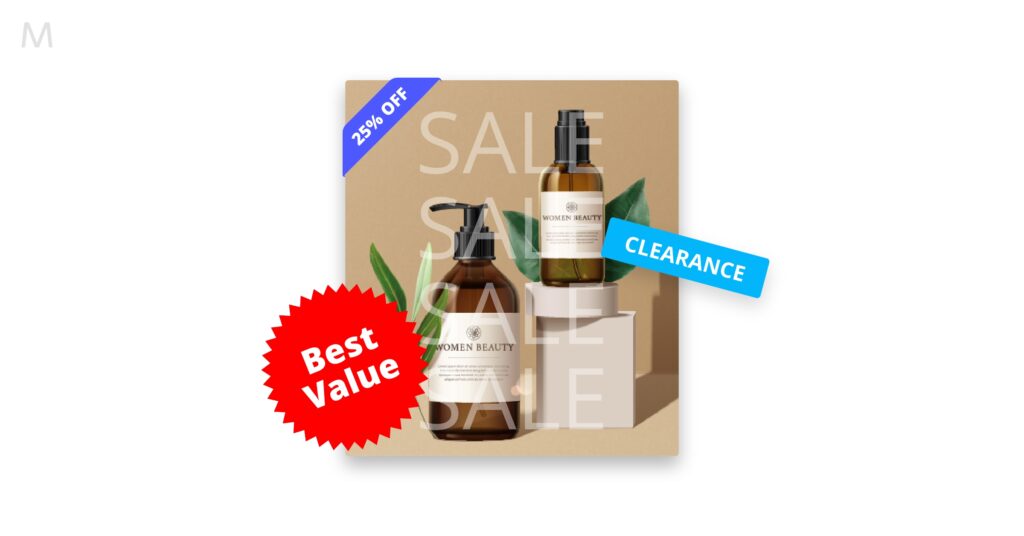
Tarte cleverly promotes their special offers with a subject line that stands out.
And then with a persuasive color-pulsing GIF they trigger a FOMO urgency in the email’s body too.
While a GIF call-to-action doesn’t work for all special promotions, tell customers why you’re giving them a special limited-time offer. The more plausible your reason is, the more they feel appreciated, and that can increase your conversion rates.
Get Started with Email Drip Campaigns Today
Your overall email marketing efforts could benefit from a drip-email campaign. With a successful drip marketing campaign, you can increase conversions, welcome prospective customers, and strengthen customer loyalty by engaging old ones.
As opposed to viewing your drip email sequence as a single process, consider it as a multi-stage approach to nurturing and converting leads. There are many drip email campaign ideas to choose from, each tailored to your marketing goal.
Create something that resonates with your audience by taking the examples and campaign ideas outlined above to heart, effectively scaling them along your sales pipeline.
Need to chat about your mobile marketing strategy?
More than 10,000 marketers use Maropost to engage with their prospects and customers through emails, SMS, social media and more. We’re here to help you grow your business!
Chat Now
